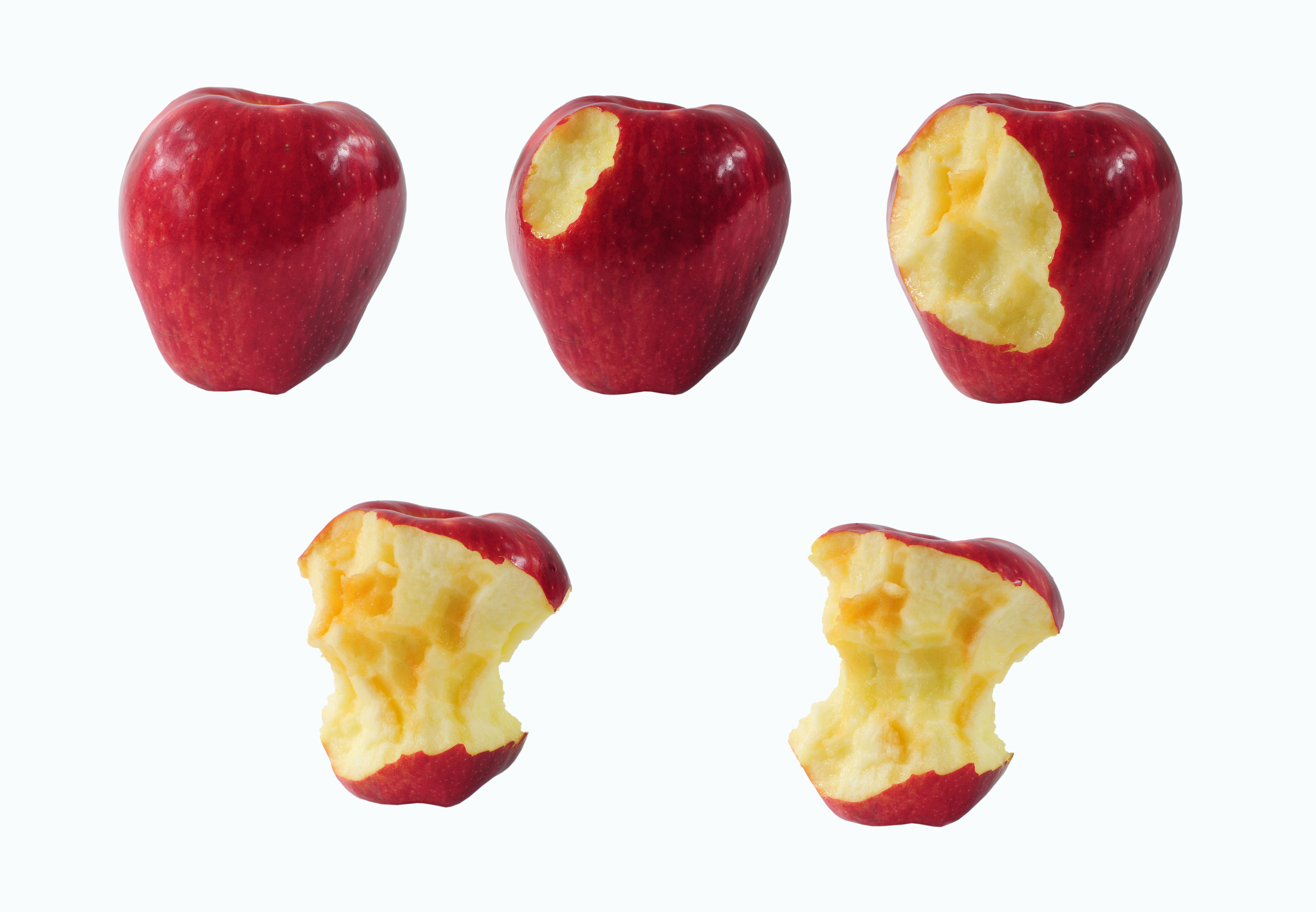“[Apple] did not provide any authority to support the position that an administrative tribunal can ignore or reverse a decision of a federal appellate court” – Charles Bertini
 On August 18, the owner of the APPLE JAZZ trademark filed an opposition to Apple’s motion to amend its trademark application for the mark APPLE MUSIC with the Trademark Trial and Appeal Board (TTAB). In its motion, the tech giant asked the TTAB to allow the company to remove “live performance services, as well as related services,” from the application.
On August 18, the owner of the APPLE JAZZ trademark filed an opposition to Apple’s motion to amend its trademark application for the mark APPLE MUSIC with the Trademark Trial and Appeal Board (TTAB). In its motion, the tech giant asked the TTAB to allow the company to remove “live performance services, as well as related services,” from the application.
In July, the U.S. Court of Appeals for the Federal Circuit (CAFC) denied Apple’s request to rehear a decision that effectively canceled the tech company’s application to register the APPLE MUSIC mark.
APPLE JAZZ mark owner Charles Bertini argued that Apple’s motion before the TTAB is seeking the same relief that it was denied by the CAFC.
The trademark dispute began in 2015, when Apple filed Trademark Application No. 86/659,444 for APPLE MUSIC for the launch of its music streaming service. Bertini registered his trademark in New York in 1991 for entertainment services, and in 2016 he filed an opposition against Apple, Inc.’s federal registration for APPLE MUSIC in addition to an application to register APPLE JAZZ with the USPTO.
Timeliness and Authority
In its motion, Apple said it “had no reason to anticipate the Federal Circuit would base its decision on Opposer’s prior use of APPLE JAZZ for live musical performances, as this argument was not advanced by Opposer and was inconsistent with prior Board authority.” Therefore, the tech company asked the TTAB to allow it to reapply for its trademark application, excluding “live performance services, as well as related services.” .
But on this point, Bertini said, “[Apple] did not provide any authority to support the position that an administrative tribunal can ignore or reverse a decision of a federal appellate court.”
Additionally, Bertini took issue with Apple claiming that its motion would effectuate the CAFC’s ruling “even while it attempts to reverse the order and ignore the findings of the Court.”
Bertini continued by claiming that Apple’s motion is untimely as it is an attempt to amend the application after the trial. He also attempted to poke holes in the cited cases that Apple used as precedent to support its motion.
The APPLE JAZZ mark owner wrote, “[Apple] failed to reference even a single case permitting amendment after trial or after the appeal has been decided.”
Bertini further argued that since the opposition proceeding had concluded, several of the rules that Apple cited did not apply.
Likelihood of Confusion
In April, the CAFC blocked Apple’s trademark application because it was likely to cause confusion with Bertini’s mark.
In addition to a timely filing, Bertini argued that Apple’s motion needs to also overcome the likelihood of confusion that was established by the circuit court. According to the APPLE JAZZ mark owner, simply removing the language as Apple sets out would not decrease the likelihood of confusion.
“[Apple] didn’t establish that removal of some services would eliminate the likelihood of confusion between APPLE MUSIC and APPLE JAZZ,” wrote Bertini.
Bertini went even further and claimed that Apple’s motion was an attempt to work around the ruling and deny that there is any likelihood of confusion between the two marks. He added that despite the removal of this language, the two marks are still very similar in terms of services offered.
Difference in Services
In Apple’s motion, the California tech company wrote that Bertini “only demonstrated prior use for live musical performances, and that no further factfinding on priority is necessary for the other services in the Application.”
However, Bertini reiterated the claims that he used the mark for a variety of additional services, including online services in 1998. He continued that he did not bring up every service for which he used the trademark because it was not necessary, as he only had to connect one service on the application to have it rejected.
Bertini wrote, “the Board focused on ‘arranging, organizing, conducting, and presenting concerts and live musical performances’ because it wasn’t necessary for the Board to review the entire list to make its decision.”
Apple’s main argument is that it could not anticipate that the CAFC would base its ruling on the live musical performances because Bertini did not make the argument.
Bertini rebutted, “the failure of [Apple] to anticipate how authorities might decide this case cannot be a legal basis for amendment of its application after the appellate court’s decision and this request is not supported by law or rules.”
Image Source: Deposit Photos
Author: elly_l
Image ID: 19011327

![[IPWatchdog Logo]](https://ipwatchdog.com/wp-content/themes/IPWatchdog%20-%202023/assets/images/temp/logo-small@2x.png)

![[Advertisement]](https://ipwatchdog.com/wp-content/uploads/2024/04/UnitedLex-May-2-2024-sidebar-700x500-1.jpg)
![[Advertisement]](https://ipwatchdog.com/wp-content/uploads/2024/04/Artificial-Intelligence-2024-REPLAY-sidebar-700x500-corrected.jpg)
![[Advertisement]](https://ipwatchdog.com/wp-content/uploads/2024/04/Patent-Litigation-Masters-2024-sidebar-700x500-1.jpg)

![[Advertisement]](https://ipwatchdog.com/wp-content/uploads/2021/12/WEBINAR-336-x-280-px.png)
![[Advertisement]](https://ipwatchdog.com/wp-content/uploads/2021/12/2021-Patent-Practice-on-Demand-recorded-Feb-2021-336-x-280.jpg)
![[Advertisement]](https://ipwatchdog.com/wp-content/uploads/2021/12/Ad-4-The-Invent-Patent-System™.png)






Join the Discussion
No comments yet.